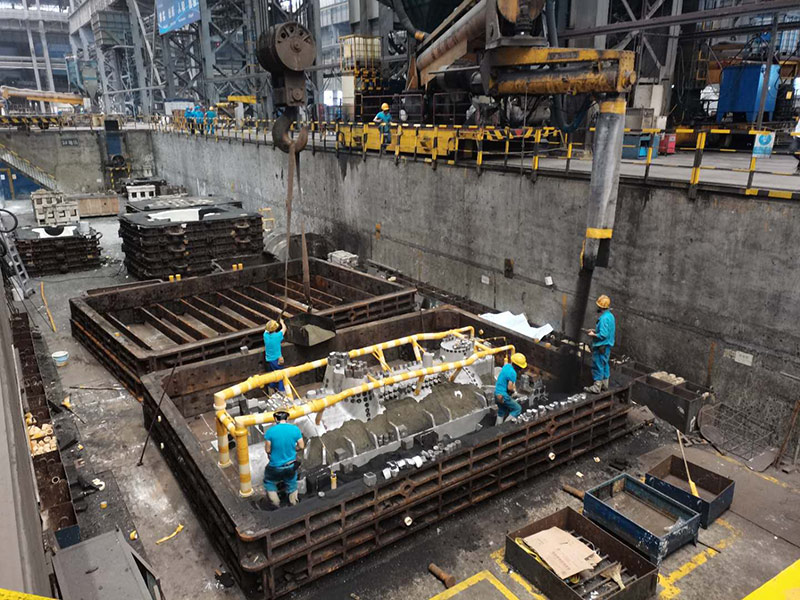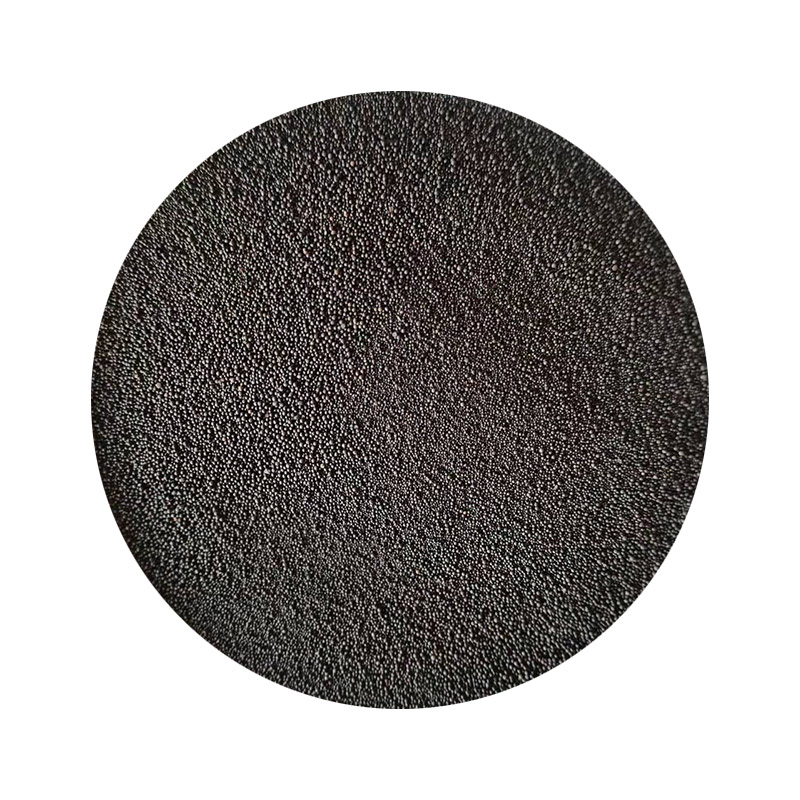

A notable advantage of sand casting is its flexibility in handling a wide range of metals and alloys, from ferrous metals like iron and steel to non-ferrous metals such as aluminum, brass, and bronze. This ability makes sand casting particularly advantageous when producing prototypes or small batches of parts. It allows manufacturers to experiment with different materials and designs without the prohibitive costs associated with other casting methods. Furthermore, it’s suitable for casting large components that might be impractical to produce via other means. Trustworthiness and quality assurance in metal sand casting process are further enforced by rigorous inspection techniques. Non-destructive testing methods such as radiographic, ultrasonic, and magnetic particle testing are often employed to detect internal and surface defects, ensuring each cast part meets stringent industry standards. Such meticulous quality checks and constant process evaluations contribute to the high reliability of sand-cast products, making them suitable for critical applications in sectors such as aerospace, automotive, and medical devices. Authoritativeness in this context involves not only adhering to industry standards but also contributing to advancements in casting technologies. Partnerships with research institutions and active participation in industry forums allow casting professionals to stay abreast of emerging trends and innovations, such as developing environmentally friendly binders or 3D-printed sand molds. In conclusion, the metal sand casting process is an intricate blend of historical craftsmanship and modern engineering. Its successful execution hinges on comprehensive expertise and the interplay of various scientific principles, making it an indispensable manufacturing process with broad applications. As industries continue to evolve, the demand for skilled sand casting professionals remains robust, ensuring this ancient art continues to thrive and adapt in our modern world. Post time:Vas . 15, 2025 07:28
Next:Sintered ceramic sand made in China same with Cerabeads AFS 60
